Athens, the capital of Greece, boasts a history spanning over 3,400 years, making it one of the oldest cities in the world. Initially inhabited during the Neolithic period, it became a significant Mycenaean center in the Bronze Age. As a city-state in the 8th century BC, Athens saw political and social reforms, with leaders like Solon and Cleisthenes laying the foundations for democracy. The city’s Golden Age in the 5th century BC, under Pericles, witnessed unparalleled cultural and intellectual achievements, including the construction of the Parthenon.
Despite setbacks during the Peloponnesian War, Athens remained a cultural hub during the Hellenistic and Roman periods. The Byzantine era saw the spread of Christianity and a period of decline. Under Frankish and Ottoman rule from 1204 to 1833, Athens experienced significant changes before being liberated during the Greek War of Independence. Declared the capital of Greece in 1834, Athens underwent modernization, hosted the first modern Olympic Games in 1896, and continued to grow rapidly.
In the 20th century, Athens endured Nazi occupation during World War II and the subsequent Greek Civil War. Today, Athens is a vibrant metropolis, rich in historical sites and cultural heritage, and continues to be a major political, cultural, and economic center in Greece.
The Same
We both visited Athens as part of a vacation that included a Greek Cruise. The Dinks spent more time in Athens than the Family but there was still some overlap in their experiences, mainly the Acropolis.
The Acropolis of Athens
The Acropolis of Athens, a UNESCO World Heritage site, is an ancient citadel located on a rocky outcrop above the city. It is home to several significant ancient buildings, the most famous being the Parthenon. The Parthenon, a temple dedicated to the goddess Athena, was constructed in the 5th century BC during the Golden Age of Athens under the leadership of Pericles. Renowned for its architectural brilliance and historical importance, the Parthenon exemplifies classical Greek architecture and art. The Acropolis, symbolizing the rich cultural and historical heritage of ancient Greece, remains a must-visit landmark for its breathtaking ruins and panoramic views of Athens.
The Acropolis site encompasses several ancient monuments and structures of historical and architectural significance.
Parthenon: The Parthenon is perhaps the most famous and recognizable temple atop the Acropolis. Dedicated to the goddess Athena, the patron deity of Athens, the Parthenon is renowned for its Doric architecture, intricate sculptures, and historical significance as a symbol of ancient Greek civilization.
Erechtheion: Located next to the Parthenon, the Erechtheion is another notable temple on the Acropolis. It is distinguished by its unique porch supported by Caryatids, sculpted female figures serving as columns. The temple is dedicated to both Athena and Poseidon.
Temple of Athena Nike: Situated on the southwest corner of the Acropolis, the Temple of Athena Nike is a small Ionic temple dedicated to Athena Nike, the goddess of victory. It is notable for its elegant Ionic columns and intricately carved friezes depicting mythological scenes.
Theaters: The theater of Dionysus is located at the southern slope of the Acropolis, the Theater of Dionysus is considered to be the birthplace of Greek drama. It is one of the oldest theaters in the world and hosted the dramatic competitions of the famous Dionysia festivals. The Odeon of Herodes Atticus is located on the southwest slope of the Acropolis, is a well-preserved Roman structure built by Herodes Atticus in memory of his wife. It is still used today for performances, including concerts and theatrical productions during the Athens Festival in the summer.
Mars Hill, or the Areopagus, stands as a poignant reminder of Athens’ rich historical and spiritual heritage. Located near the Acropolis, this ancient site served as a gathering place for the Athenian council and gained biblical significance as the location where the Apostle Paul delivered his seminal speech. Today, Mars Hill attracts visitors seeking to explore its archaeological remains and reflect on its role in ancient Greek democracy and early Christian history. With its panoramic views of Athens and tranquil ambiance, Mars Hill offers a captivating blend of cultural exploration and spiritual contemplation against the backdrop of one of the world’s most storied cities.
Guided Tours
The Family: We were on a guided tour from the port so we were able to skip the line and head right in. Our tour guide was knowledgeable and spoke to the history surrounding the sites. Part of this tour also included the Panathenaic Stadium, the site of the first modern Olympic Games in 1896, a beautifully restored ancient stadium.
The DINKS: After doing some research we decided to take on Athens on our own with some help from our friend (Not really), Rick Steves. We downloaded the app and Acropolis Walking Tour prior to our departure so we wouldnt have to use wifi. We just love how he brings to life what it would have been like during the different times the Acropolis was inhabited.
- Tickets: While many people seem to complain about the new timed tickets, we loved it. You can purchase them online or at the gate but know that if you show up at the gate, your ticket time will most likely be more than an hour away. That was okay with us and we headed to Ancient Agora and visited that first. We showed up 30 mins after our ticket time (They give you over an hour window to enter.) and were about to walk right in without having to wait in line. In addition, it looked as if the crowd had a head start which gave us breathing room to walk around and enjoy the sites.
Note: For those who have more time to spend it is recommended to get the combo pass. Essentially if you are visiting the Parthenon and Ancient Agora anyway, you get access to additional sites for free.
Local Cuisine
As always there was plenty of overlap when it came to food. Dine at traditional tavernas to sample authentic Greek dishes like moussaka, spanakopita, and baklava. Greek cuisine is a delightful reflection of the country’s rich history, diverse landscapes, and Mediterranean climate.
- Meze and Appetizers: Many places offer a Meze sampler which is is highly recommend. It’ll come with some of the following:
- Tzatziki: A refreshing dip made with yogurt, cucumber, garlic, and olive oil.
- Hummus: Although originally from the Middle East, hummus is popular in Greece, made from chickpeas, tahini, olive oil, and lemon juice.
- Spanakopita: A savory pastry filled with spinach, feta cheese, and herbs, wrapped in layers of crispy phyllo dough.
- Dolmades: Grape leaves stuffed with a flavorful mixture of rice, pine nuts, herbs, and sometimes ground meat.
- Greek Salad (Horiatiki): A refreshing mix of tomatoes, cucumbers, onions, olives, and feta cheese, dressed with olive oil and oregano.
- Main Courses: A must try is Moussaka. A layered dish with eggplant, minced meat (often lamb), tomato sauce; The more modern versions are topped with a creamy béchamel sauce. You will find Souvlaki and Gyros everywhere. Grilled skewers of marinated meat (often pork or chicken) served with pita bread, tzatziki, and vegetables.
- Desserts and Sweets: Of course you can’t end a meal without Baklava: Layers of phyllo dough filled with chopped nuts (often walnuts or almonds) and sweetened with honey or syrup. If you like Baklava, you should also try Galaktoboureko: A custard-filled pastry wrapped in crispy phyllo dough and soaked in sweet syrup.
- Beverages: Greece has a long history of wine production, with varietals like Assyrtiko, Agiorgitiko, and Xinomavro being popular choices. People go either way when it comes to Ouzo but atleast give it a try. Ouzo is a strong anise-flavored spirit (think black licorish) often enjoyed as an aperitif or with meze. We started our mornings with some Greek Coffee: A strong coffee brewed in a small pot (briki) and served with foam on top, similar to Turkish coffee. The Dinks tried some Greek beer as well.
The DINKs
Ancient Agora:
The Ancient Agora of Athens, located northwest of the Acropolis, was the heart of ancient Athens’ civic and commercial life. Dating back to the 6th century BC, it served as a bustling marketplace and the center of political, social, and cultural activities. Surrounded by important public buildings such as the Stoa of Attalos, the Agora housed administrative offices, courts, and spaces for democratic gatherings like the Assembly and the Council of 500. Philosophers like Socrates and Plato frequented the Agora, engaging in philosophical debates and discussions. Today, its well-preserved ruins offer visitors a glimpse into ancient Athenian life, with highlights including the Temple of Hephaestus, the best-preserved Doric temple in Greece. The Ancient Agora stands as a testament to Athens’ democratic ideals and its enduring influence on Western civilization. Again we tapped into Rick Steve’s for our tour of Ancient Agora and again he did not disappoint.
The Ancient Agora of Athens was a central gathering place and marketplace in ancient Athens, serving as the heart of civic, political, commercial, and cultural life. Here are some key sights and structures you can explore at the Ancient Agora:
Temple of Hephaestus (Hephaestion): Also known as the Hephaesteum, this well-preserved Doric temple is dedicated to Hephaestus, the ancient Greek god of craftsmanship and metallurgy. It is one of the best-preserved ancient Greek temples and stands prominently on the northwest side of the Agora.
Stoa of Attalos: A reconstructed ancient building that now serves as the Agora Museum, the Stoa of Attalos was originally built by King Attalos II of Pergamon in the 2nd century BC. It housed shops and offices and served as a covered walkway or portico where people could gather and conduct business.
Agora Museum: Housed in the Stoa of Attalos, the Agora Museum displays artifacts and exhibits that provide insights into daily life in ancient Athens. It includes sculptures, pottery, coins, and other archaeological finds unearthed from the Agora and surrounding areas.
Changing of the Guards
The Changing of the Guard ceremony in Athens, Greece, is a revered tradition that takes place at the Hellenic Parliament building, located in Syntagma Square. The Hellenic Parliament, originally the Royal Palace, serves as the backdrop for the Changing of the Guard. The ceremony occurs every hour, on the hour, throughout the day. However, the main attraction is the grand ceremony that takes place on Sundays at 11 AM, which draws larger crowds. The Changing of the Guard is conducted by the Evzones, an elite ceremonial unit of the Greek Army. The Evzones are known for their distinctive uniform, which includes the traditional kilt-like fustanella, red clogs with pom-poms (tsarouchia), and a foustanella, a pleated white skirt worn by the Evzones, who are chosen for their height and posture.
City Walking Tour
Another one of Rick’s Steve’s walking tours took us throughout the city of Athens. We used our combo ticket to go into several of the sites even though Rick did not during the audio tour. Here are some highlights but let’s be honest, Rick Steves tells it better.
Syntagma Square:
Our adventure begins at Syntagma Square, the pulsating heart of Athens. Here, the solemn Tomb of the Unknown Soldier stands as a tribute to Greece’s fallen heroes. Every hour, visitors gather to witness the ceremonial changing of the guards at the Greek Parliament, a spectacle of precision and tradition. (We actually circled back after to see the full ceremony that happens at 11am on Sundays.)
Ermou Street: Just a stone’s throw away lies Ermou Street, Athens’ premier shopping destination. Bustling with life, this pedestrian-friendly avenue offers everything from high-end boutiques to local shops and charming cafes. It’s the perfect place to soak in the city’s contemporary vibe and grab a bite amidst the buzz of shoppers and locals.
Ancient Churches: Exploring further, we discover the Church of Kapnikarea, a Byzantine gem nestled amid modern buildings on Ermou Street. Its intricate architecture and serene atmosphere offer a glimpse into Athens’ religious heritage. Nearby, the Cathedral impresses with its Neoclassical facade and grand interiors, a testament to the city’s rich Christian history. Venturing off the beaten path, we stumble upon the Church of Agios Eleftherios, a charming Orthodox church dating back centuries. Nearby Agia Filotheis Street beckons with its quaint shops and local eateries, offering a quieter side of Athens away from the tourist crowds.
Adrianou Street and the Ancient Wonders: As we delve deeper into Athens’ past, Adrianou Street leads us to the majestic Arch of Hadrian, a gateway to the city built in honor of the Roman Emperor Hadrian. Nearby stands the awe-inspiring Temple of Olympian Zeus, once the largest temple in Greece, now a haunting reminder of ancient grandeur. Since we had the combo pass we did enter the Template of Zeus but it is mostly ruins so you can see most of it through the gate from the Arch of Hadian.
Roman Forum: The Roman Forum, where ancient markets and civic buildings once thrived. Nearby, the Tower of the Winds, an ancient clocktower and weather vane, stands as a marvel of Hellenistic engineering, showcasing Athens’ ingenuity in ancient times. It is much smaller than the Acient Agore but we enjoyed the quick visit.
Library of Hadrian: The Library of Hadrian, a sprawling complex of ruins that once housed thousands of scrolls and served as a center of learning in ancient Athens. Walking through its remains, one can’t help but feel the weight of history and the legacy of knowledge that shaped Western civilization. This was another site included in our combo pass and was worth the visit in.
Museums
National Archaeological Museum: View one of the world’s greatest collections of ancient Greek artifacts. You guessed it, Rick Steve’s has an audio tour for the National Archaeoloical Museum. We had a good time but did get scolded for taking “Funny pictures.”
Acropolis Museum: Located at the foot of the Acropolis, this modern museum showcases artifacts from the Acropolis site, including the Parthenon sculptures, ancient statues, and everyday objects from ancient Athens. The glass floors allow visitors to see the archaeological excavation beneath. They have a decent audio guide that you can get via QR code when you arrive along with free wifi. It dicusses 60 select items in the museum and coinsides with numbers on the displays.
Other Highlights
The Central Market of Athens: The Central Market of Athens, also known as Varvakios Agora, is a vibrant and bustling hub located in the heart of the city. Established in the late 19th century, it has become a quintessential part of Athenian daily life. The market offers a sensory feast with its extensive array of fresh produce, including seafood, meats, vegetables, fruits, spices, and local delicacies. Vendors energetically promote their goods, creating an animated atmosphere that captures the essence of Greek culture and hospitality. Varvakios Agora is not just a place for shopping but also a cultural experience, where locals and tourists alike can immerse themselves in the authentic flavors and rhythms of Athens.
Near the market is this interesting restaurant without a name or menu. It’s been around for 130 years. You just show up and they serve you. It was such a cool experience and the traditional greek food was really good. The wine was decent. I was very hesitant to go in but was glad we did. It is located at Sokratous 9 &, Theatrou 2, Athina 105 52, Greece.
The Plaka neighborhood : The Plaka neighborhood in Athens is a charming and historic area nestled beneath the Acropolis, known for its picturesque streets and vibrant atmosphere. Often referred to as the “Neighborhood of the Gods,” Plaka is filled with narrow, winding alleys, neoclassical architecture, and ancient ruins. Visitors can explore a mix of traditional tavernas, cozy cafes, and quaint shops selling local crafts and souvenirs. It was one of the few areas that we felt comfortable going out at night.
Psiri: Psiri is a lively and eclectic neighborhood in Athens, renowned for its bohemian vibe and vibrant nightlife. It was another area where we felt comfortable going out at night. Located just north of Monastiraki, Psiri is a fascinating blend of the old and new, with its historic buildings now housing trendy bars, chic cafes, and stylish restaurants. The area is adorned with colorful street art, adding to its dynamic character. By day, Psiri offers a relaxed atmosphere with artisan shops and traditional tavernas, while at night, it transforms into one of the city’s hottest spots for entertainment, attracting both locals and tourists. With its rich cultural scene and energetic ambiance, Psiri is a must-visit for those looking to experience the contemporary spirit of Athens.
Piraeus
Piraeus, the bustling port city adjacent to Athens, offers a variety of activities that cater to both history enthusiasts and modern-day explorers. We actually spent a day here instead of immediately going into Athens and were glad we did.
Stroll Along the Marina Zea (Pasalimani): This picturesque marina is lined with yachts, cafes, and restaurants, providing a perfect spot for a leisurely walk or a meal with a view of the sea. Piraeus Tower Clock is a prominent landmark in the port city. The Clock of Piraeus was originally constructed in the early 20th century, serving both practical and symbolic purposes. It was intended to mark the passage of time for the bustling port city and symbolize Piraeus’ industrial and maritime importance.
Visit the Church of Saint Nicholas: This beautiful church, dedicated to the patron saint of sailors, features impressive frescoes and a tranquil atmosphere.
Votsalakia Beach, located in Piraeus, is a popular urban beach that offers a convenient seaside escape from the hustle and bustle of Athens. Known for its pebbly shoreline—’votsalakia’ means ‘small pebbles’ in Greek—the beach is well-maintained and provides amenities such as sunbeds, umbrellas, and beachside cafes. Its clear waters are ideal for swimming, while the promenade is perfect for a leisurely stroll. With its relaxed atmosphere and proximity to the city, Votsalakia Beach was a convienent place to stop and relax. Just don’t believe the articles that call it a “sandy” beach. After all the name itself means small pebbles.
The Archaeological Museum of Piraeus in Greece stands as a testament to the city’s rich history and maritime significance in ancient times. Located near Athens’ bustling port, this museum houses a diverse collection of artifacts spanning millennia, from the Bronze Age to the Roman period. Visitors can explore intricate sculptures, exquisite pottery, ancient coins, and other artifacts that offer insights into daily life, religious practices, and trade activities of ancient Piraeus. Highlights include sculptures from the Sanctuary of Zeus and Athena, artifacts from local workshops, and exhibits on maritime history, showcasing Piraeus’ role as a strategic port and naval stronghold. Through its educational programs and temporary exhibitions, the museum enriches visitors’ understanding of Piraeus’ archaeological heritage and its enduring impact on Greek civilization.
The Family
We visited as part of an escorted tour from Piraeus, which is located about 12 kilometers (7.5 miles) southwest of central Athens, making it the primary gateway for cruise passengers visiting the city. However, the city is easily accessible by metro for those that want to venture out on their own.
Summary
Comparing the experiences of The DINKs and the Family in Athens, Greece, reveals two distinct but equally enriching approaches to exploring this historic city. The Family, limited to a single day in port, made the most of their time by immersing themselves in the iconic Acropolis and savoring local cuisine, capturing the essence of ancient and modern Athens in a short visit. On the other hand, The DINKs’ extended stay allowed for a deeper dive into Athens’ cultural tapestry. Beyond the Acropolis, they ventured into the vibrant neighborhoods, explored archaeological sites like the Ancient Agora, witnessed the ceremonial Changing of the Guards, and delved into the city’s museums and local dining scene. Their comprehensive itinerary, including a city walking tour and visits to Piraeus, offered a more nuanced understanding of Athens’ history and contemporary life. While both approaches have their merits, The DINKs’ extended exploration enabled a richer and more immersive experience of Athens, making their journey a testament to the city’s multifaceted allure and cultural depth.









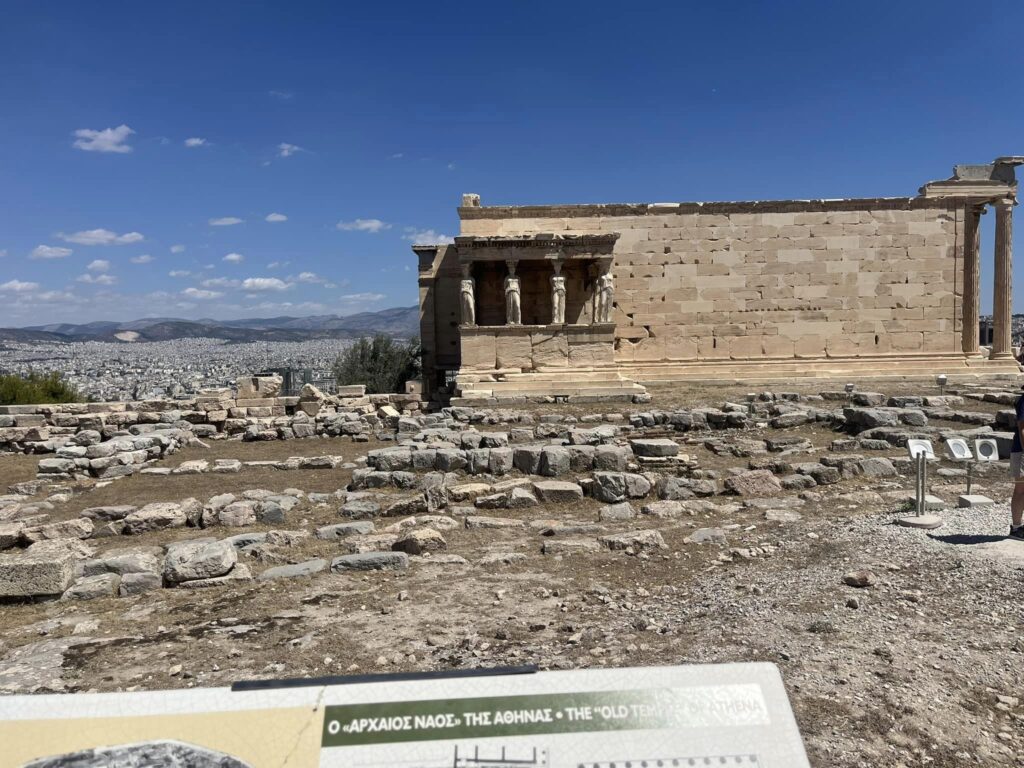


















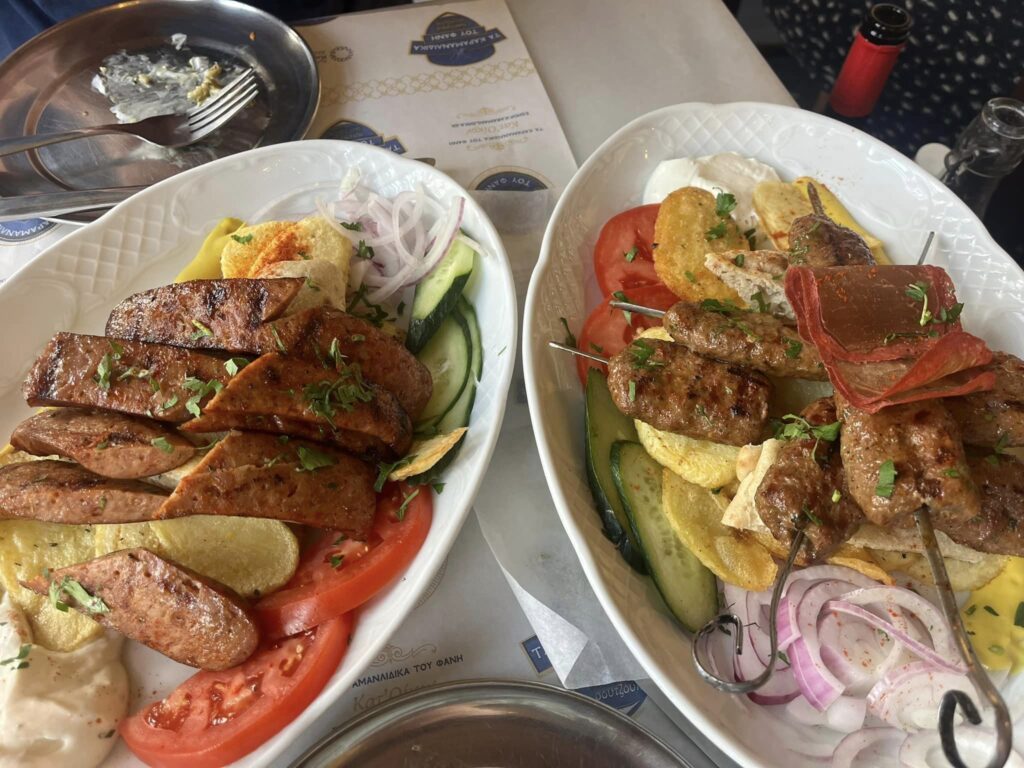







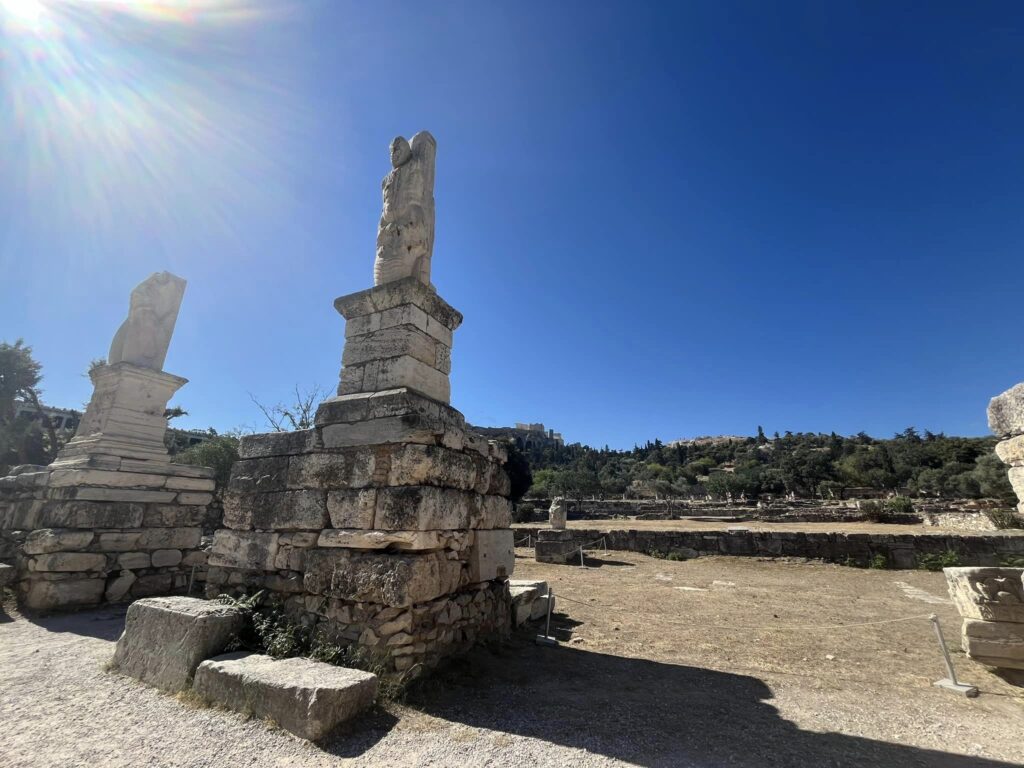

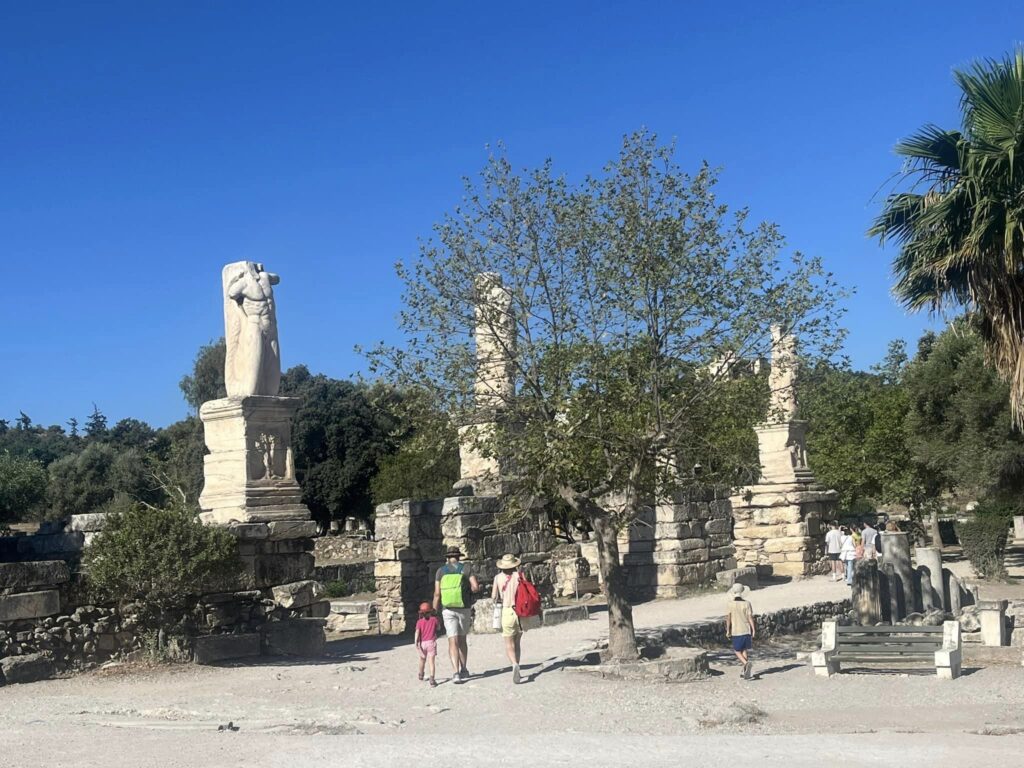

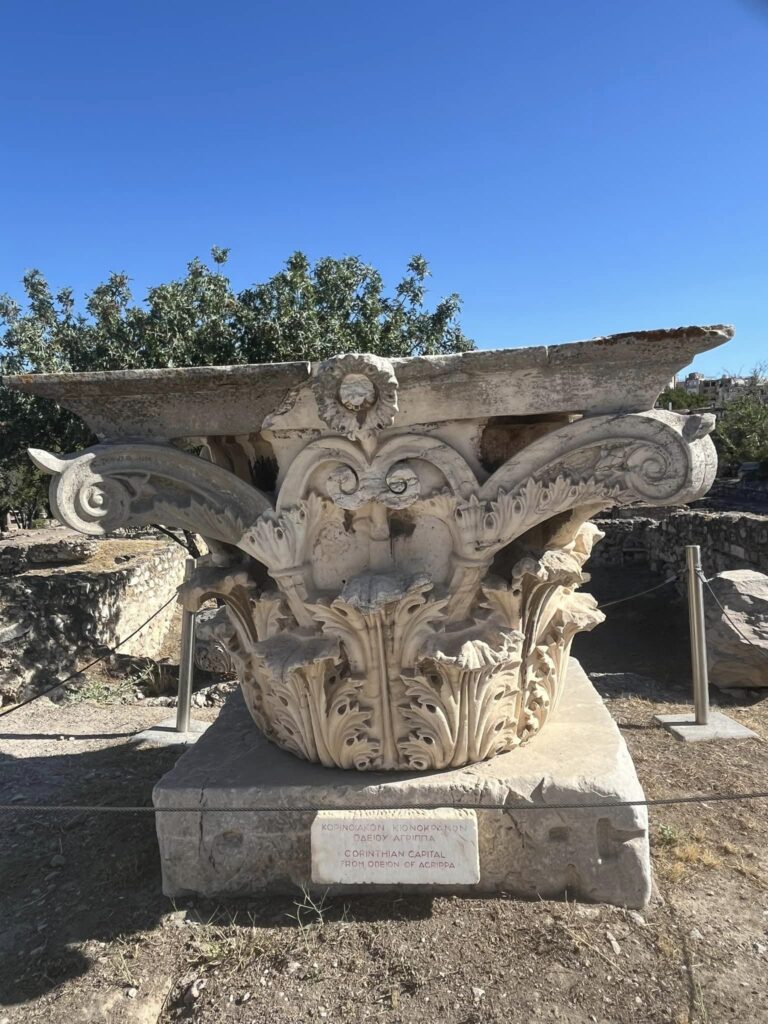







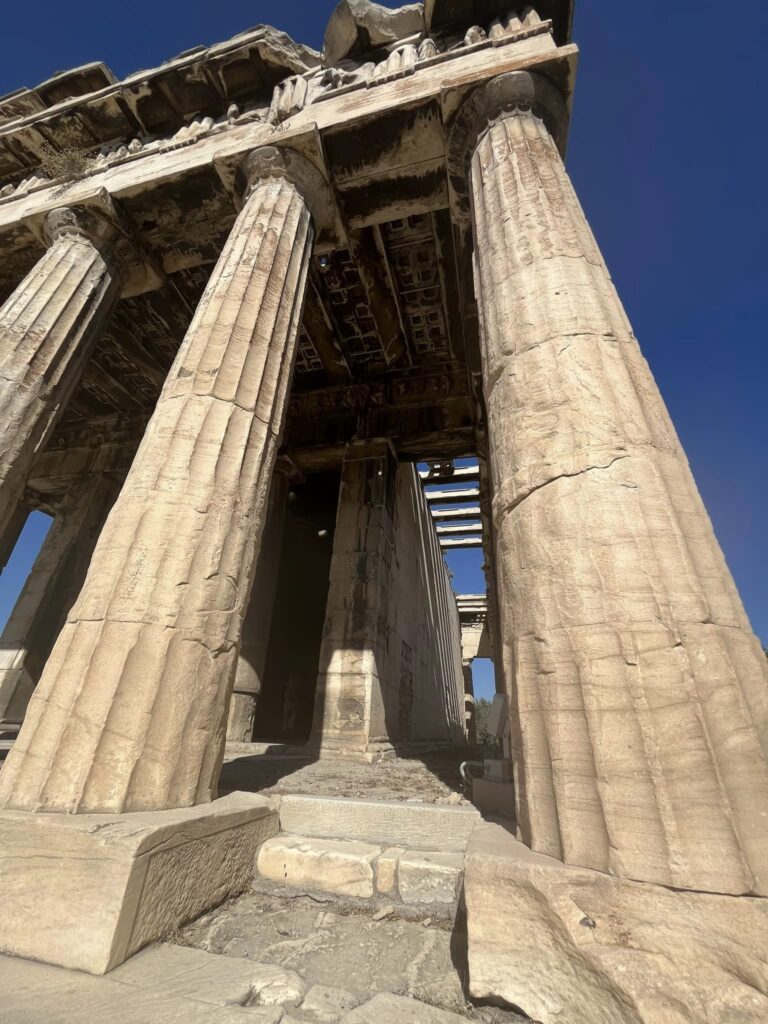












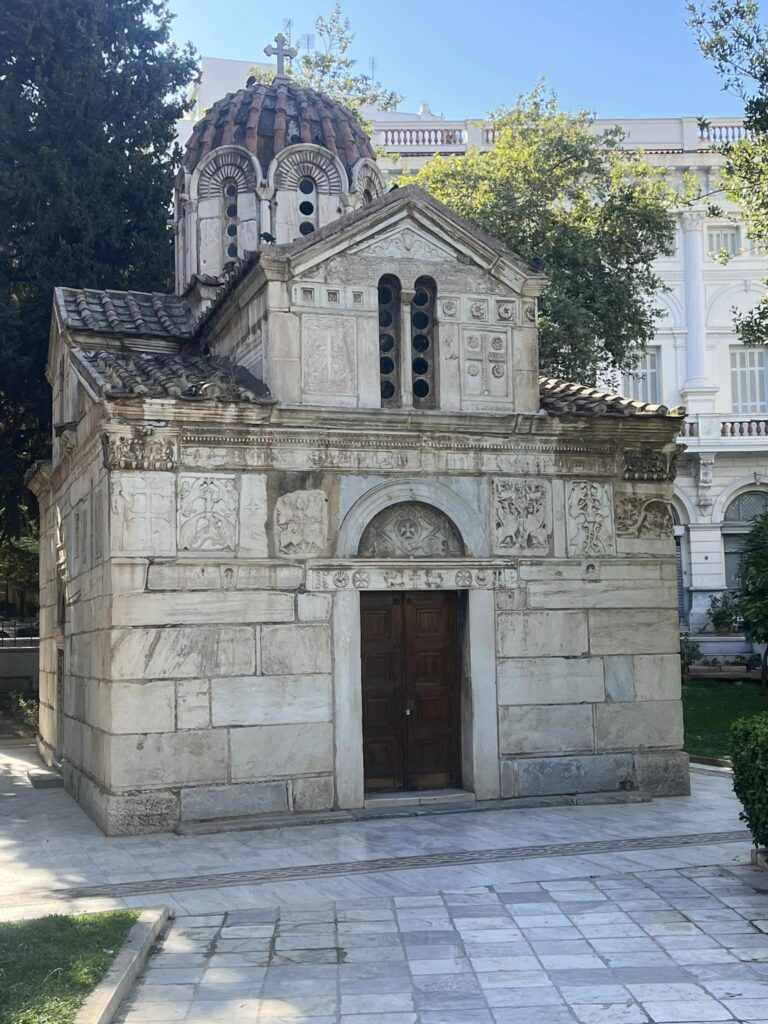






















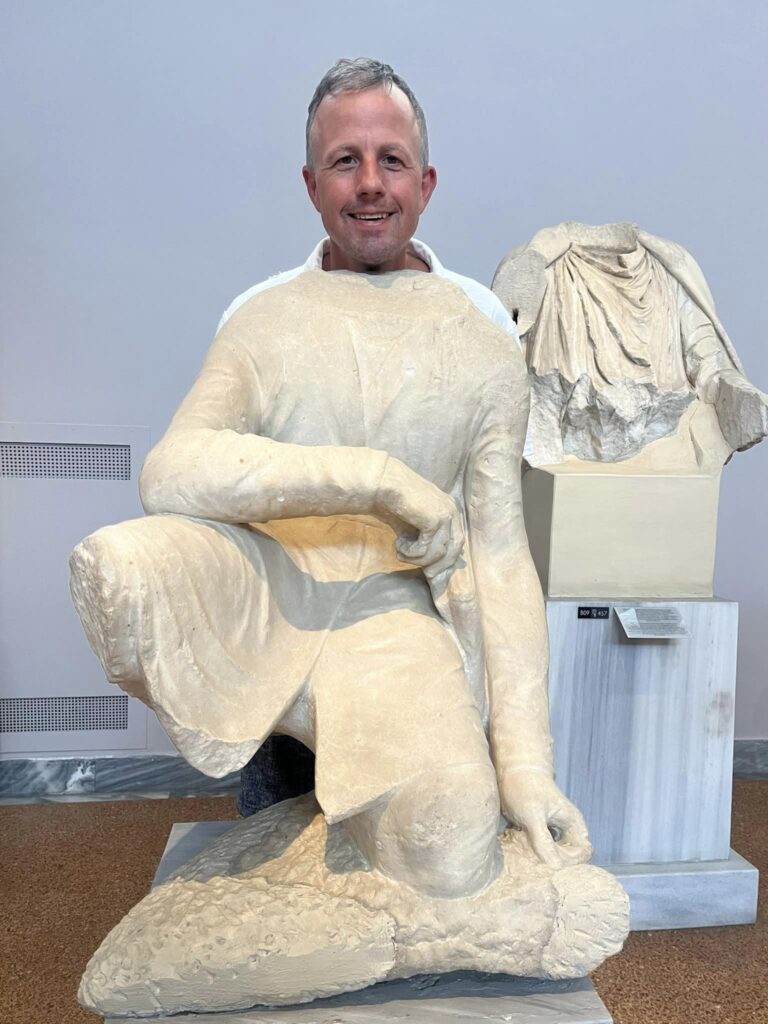

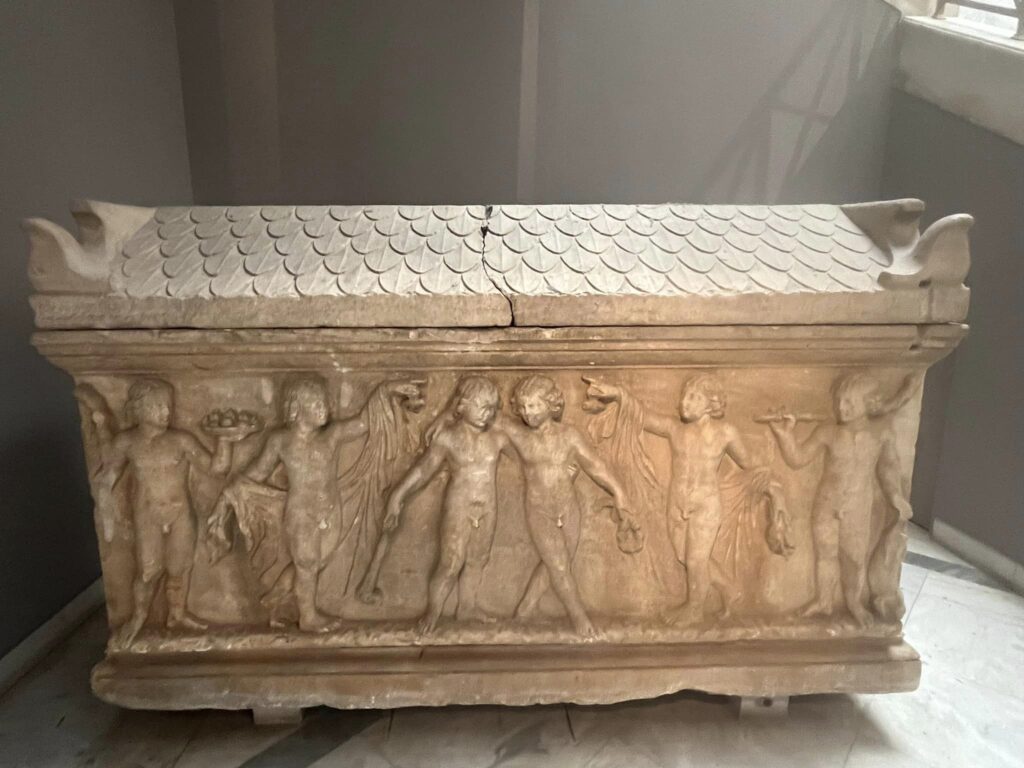


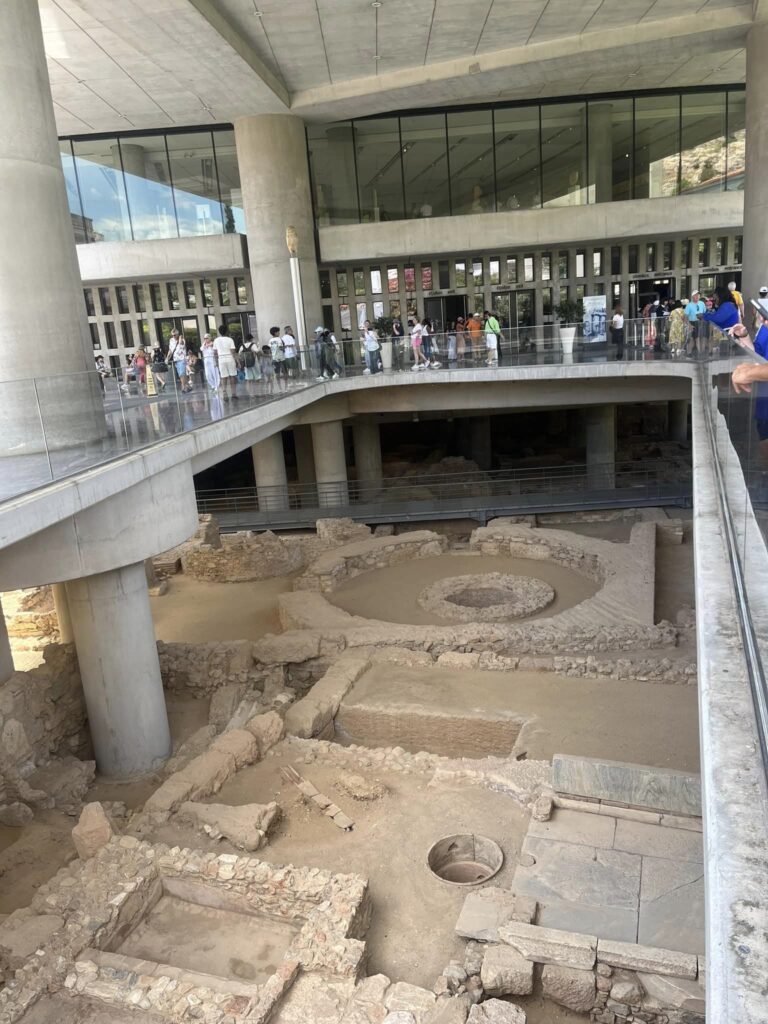

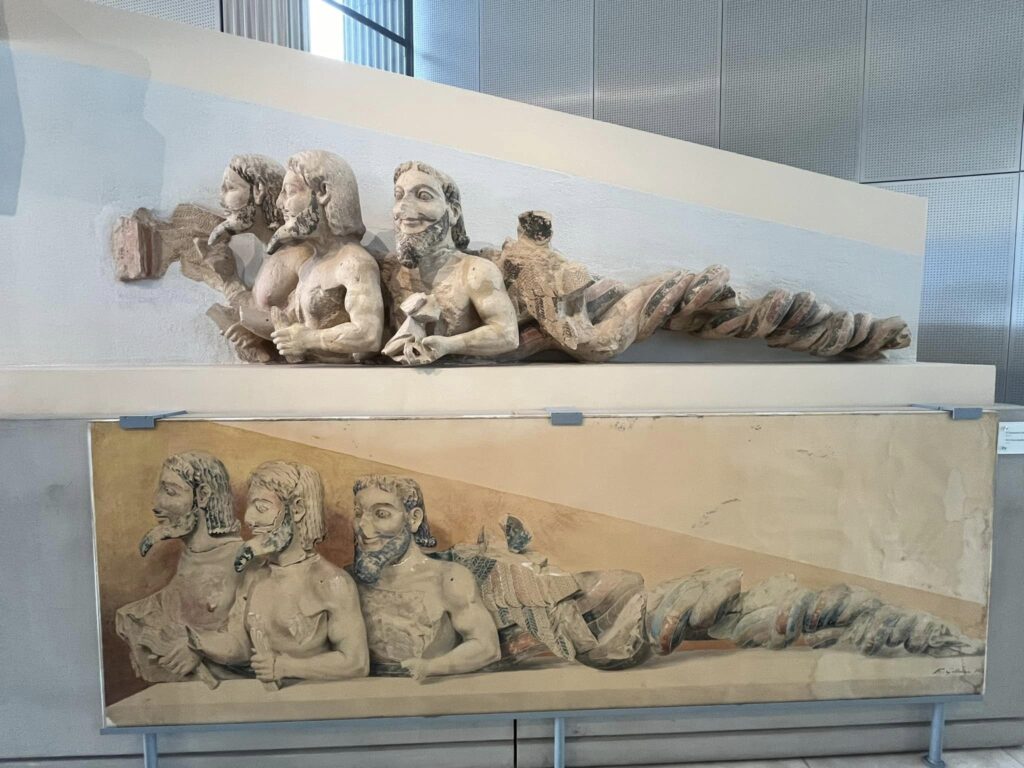
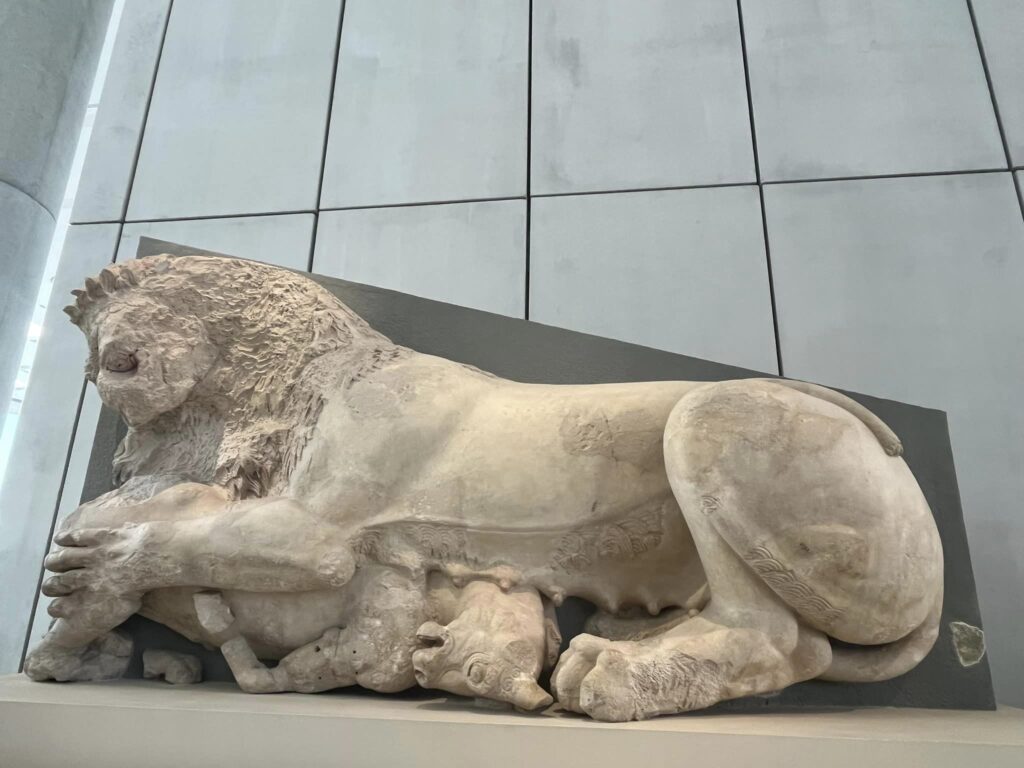


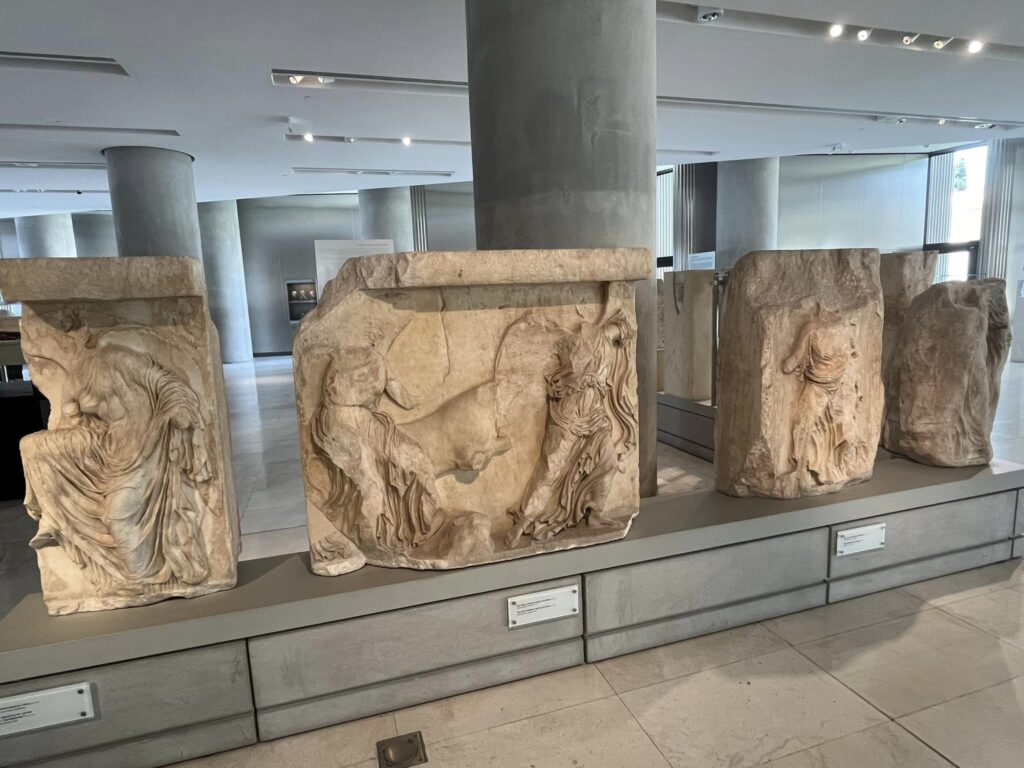
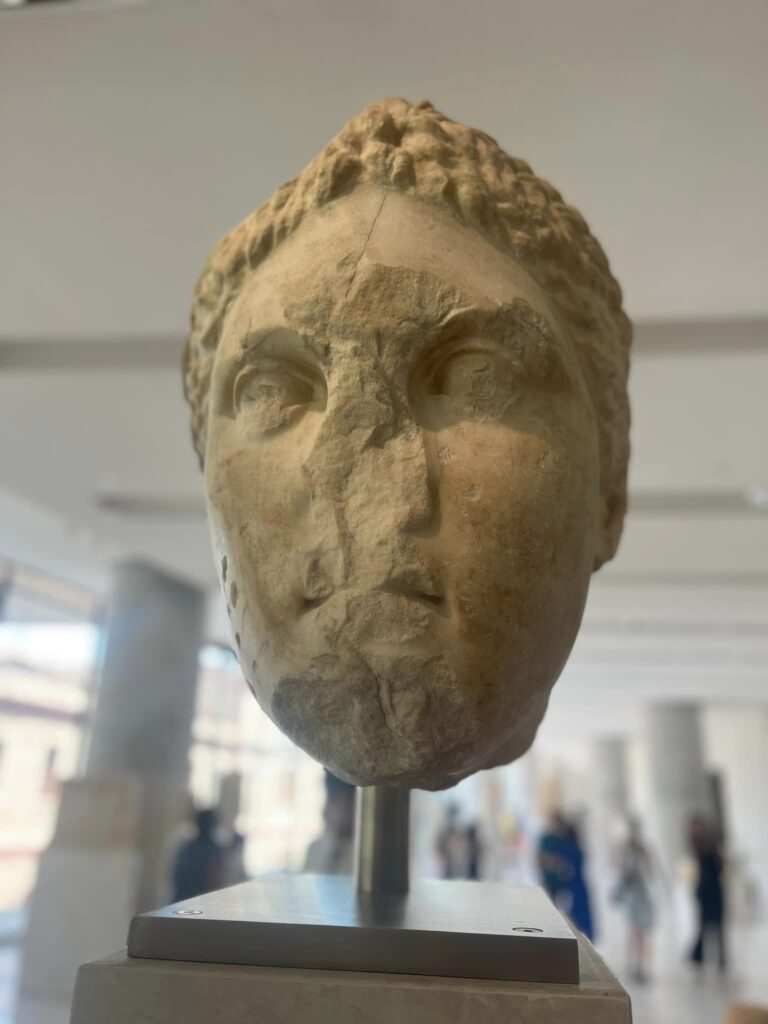











Leave a Reply